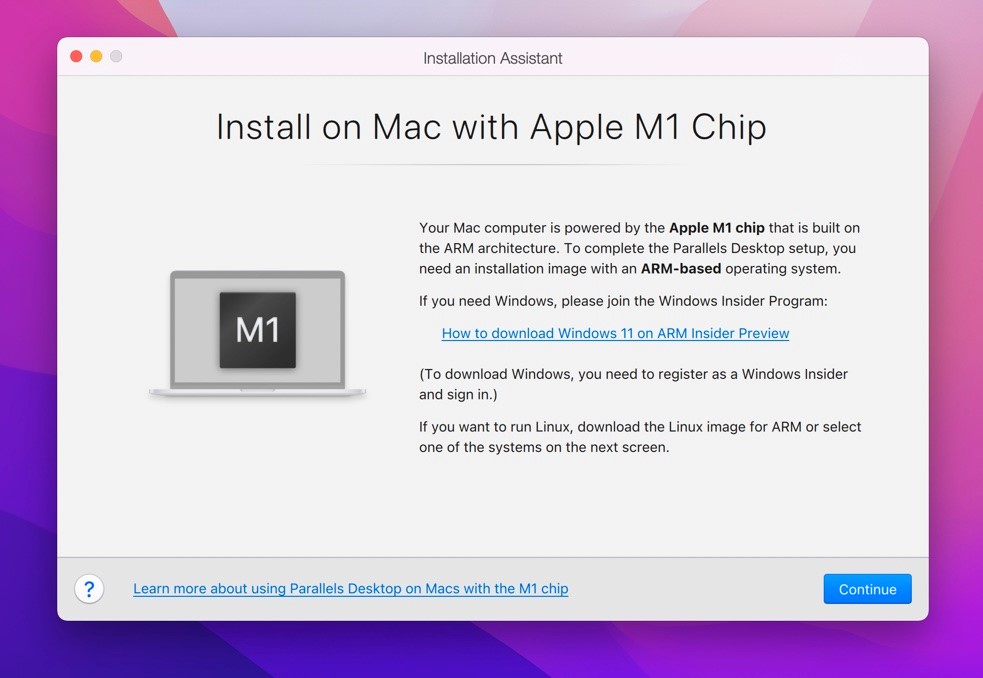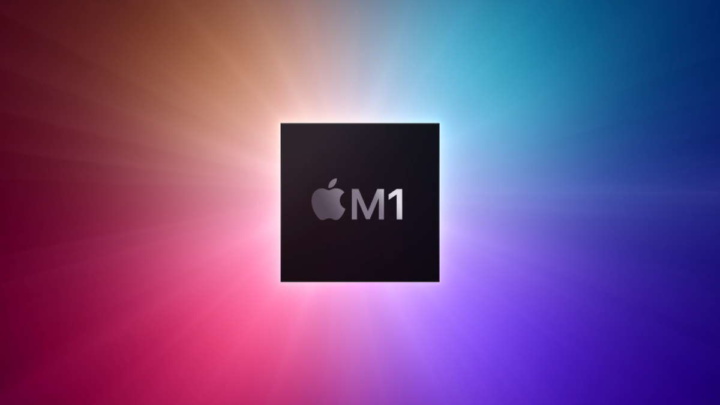

You can use UTM to run ARM64 versions of Linux at “near native” speeds, while lower performance emulation can be achieved in 32-bit and 64-bit x86 versions. Of your choosing, then get started on creating a virtual machine with UTM.

You can use this app to emulate a large number of processor architectures, including x86-64 (“proper” desktop Linux) as well as That you can buy to support developers and gain access to automatic updates through the store interface. You can do this for free with a virtual machine (VM) app called

If you can’t wait any longer, you can run Linux right now in a virtual machine. Native Linux support for Apple Silicon chips is coming. You Can’t Run Linux Natively on Apple Silicon (Yet) This allows you to run 64-bit x86 Linux apps or try out different distros from the comfort of macOS. Otherwise, it's the same wherever you get it from.Native Linux support for Apple’s new ARM-based architecture isn’t yet ready, but you can run Linux on an UTM is free and open-source, but the paid version in the Mac App Store provides automatic updates and helps support development. Under its skin is QEMU, a very old but still very good tool. UTM is another virtualization tool worth looking at, and it offers something the others currently do not. The icing on the cake is the Coherence mode, allowing you to run Linux apps outside the main Parallels window, almost as if they were native Apple Silicon Mac apps. Again, you'll be requiring Linux distros with ARM builds, but Parallels makes it super simple to download and install them. You're looking at $100 for a perpetual license, but it works really well and it's easy to use. Alternatively, using the Virtualization Framework are more consumer-friendly tools from the likes of Parallels, UTM, and VMWare.Īlternatively, you can go for Parallels, but this one will cost you, and it isn't cheap. But some of the biggest names are available for ARM, including Ubuntu and Debian. The caveat remains that you have to use an ARM-friendly Linux distribution (or "distro"), so that could rule out your favorite.


 0 kommentar(er)
0 kommentar(er)
